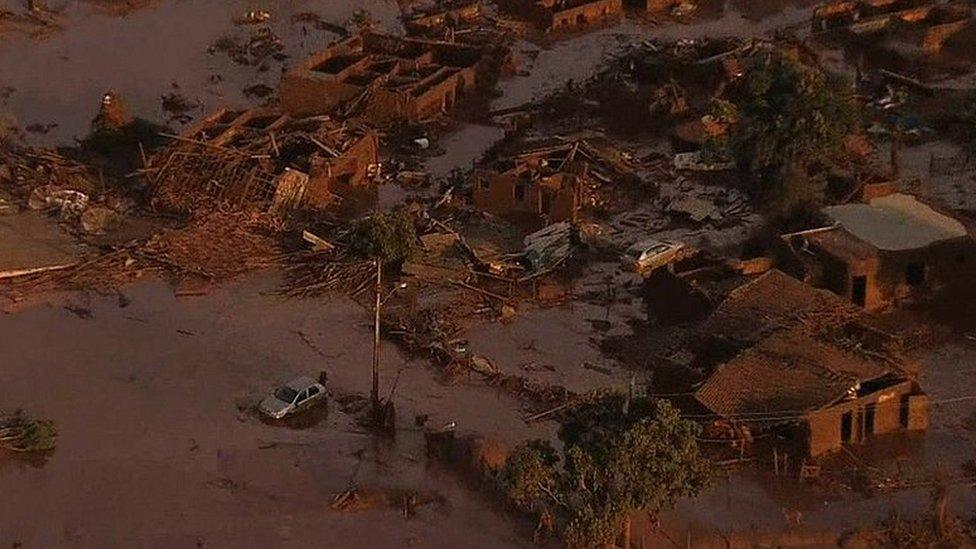Brazil dam breach: Toxic mud 'devastated vegetation'
- Published

The toxic mud has now reached the Atlantic Ocean, about 500km (310 miles) away from the area where the dam collapsed
Toxic mud that swamped several Brazilian towns when a dam collapsed earlier this month has devastated forests over a large area, said Environment Minister Izabella Teixeira.
Red sludge burst out after a dam used to hold waste water from iron production collapsed.
At least eight people were killed and 11 are missing, presumed dead.
Environmental agency Ibama has fined the iron ore mine owners, Samarco, over Brazil's "worst mining accident".
"Ibama has made a preliminary assessment of the damage," said Ms Teixeira.
"But we will prepare a detailed study, comparing satellite pictures from before and after the breach," she told O Globo newspaper.
Rainy season
The initial assessment shows that an area of at least 9 sq km (900 hectares) of natural vegetation was destroyed in the south-eastern state of Minas Gerais, where the burst dam was.
A full study will be carried out by Ibama once the Brazilian rainy season is over, at the end of the 2016 summer, Ms Teixeira explained.
The village closes to the dam, Bento Rodrigues, was totally destroyed by the 5 November dam breach.
About 600 people who lived there have been in temporary accommodation since the accident.
Residents said there was no warning. They had to run for their lives as they realised the Fundao dam had collapsed.
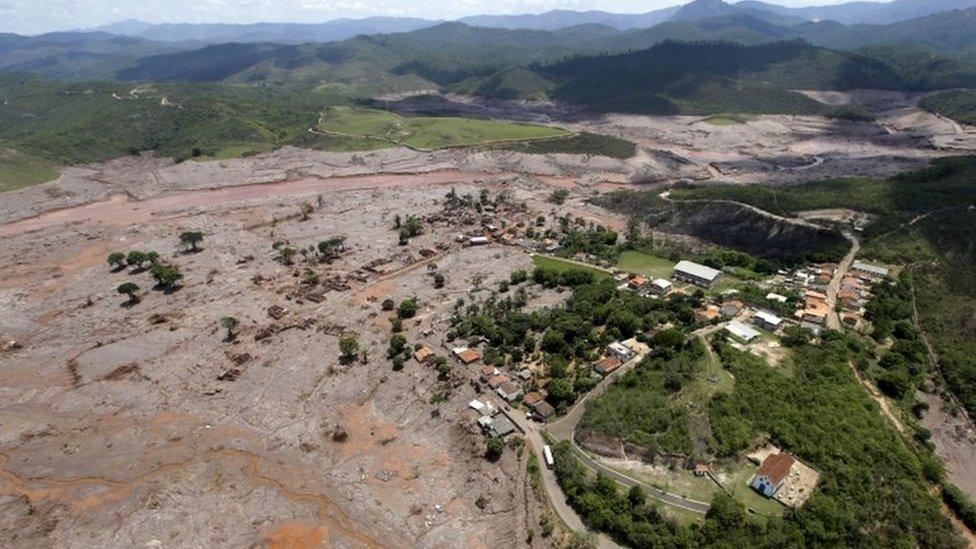
More than 100 houses were destroyed in the village of Bento Rodrigues
The mud has caused destruction along the path of the River Doce, which meets the Atlantic Ocean in the state of Espirito Santo, some 500km (310 miles) away from the area where the dam collapsed.
Two dams threatened
Samarco has tried to protect plants and animals by building barriers along the banks of the river.
The company agreed last week to pay the Brazilian government 1bn reais (£170m; $260m) in compensation.
The money will be used to cover the initial clean-up and to offer some compensation to the victims and their families.
Samarco is owned by mining giants Vale, from Brazil, and Anglo-Australian company BHP Billiton.
The company said last week that two other dams close to the disaster area were at risk of collapsing.
Emergency work to prevent another disaster will be carried out for the next three months.

The Brazilian authorities are preparing a more detailed study of the environmental impact of the accident

More than 200,000 people had their water cut off because of fears of contamination
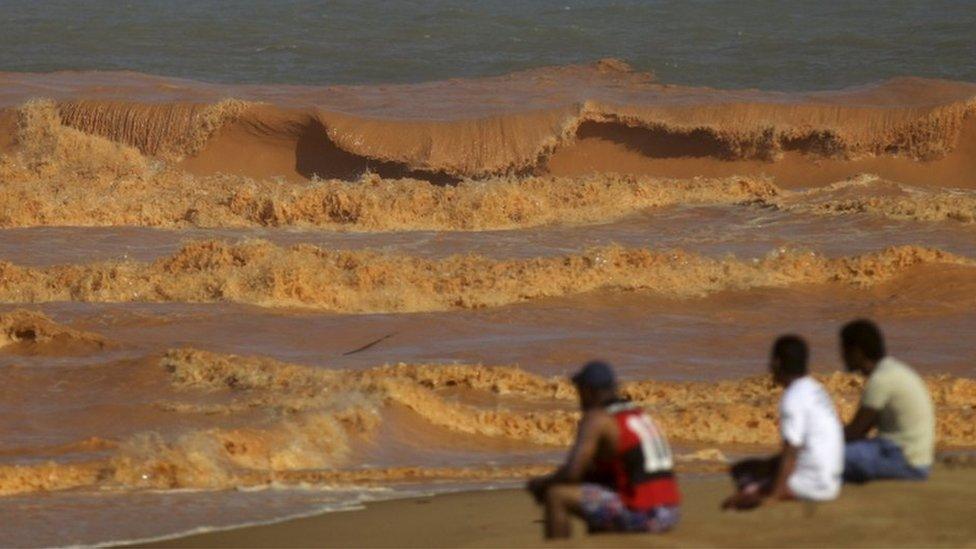
The toxic mud has polluted the sea along the Espirito Santo state coast
- Published17 November 2015
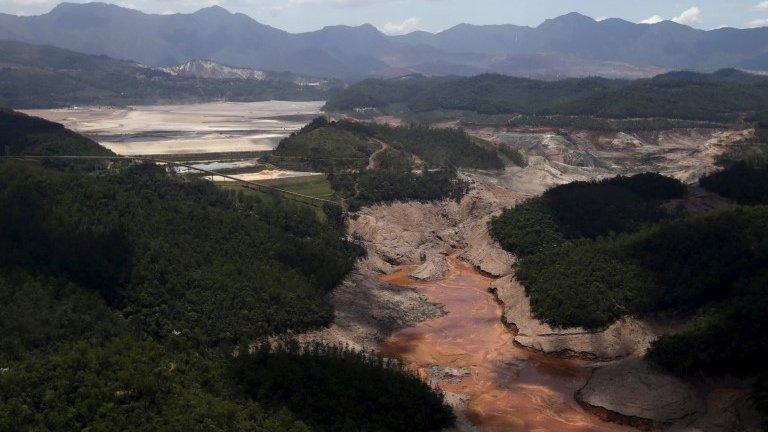
- Published9 November 2015
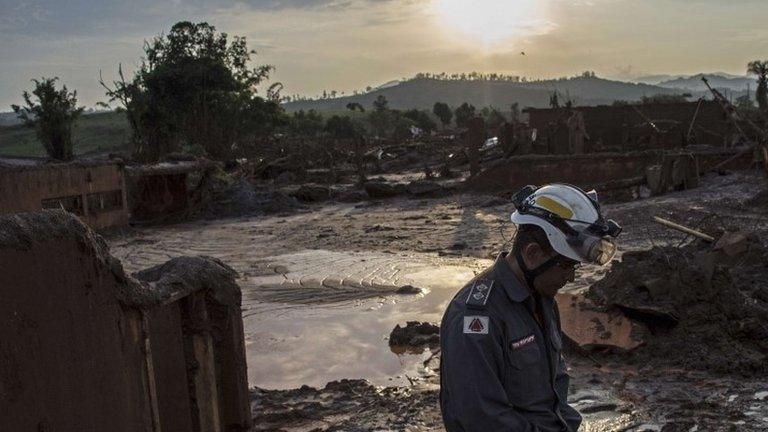
- Published6 November 2015
